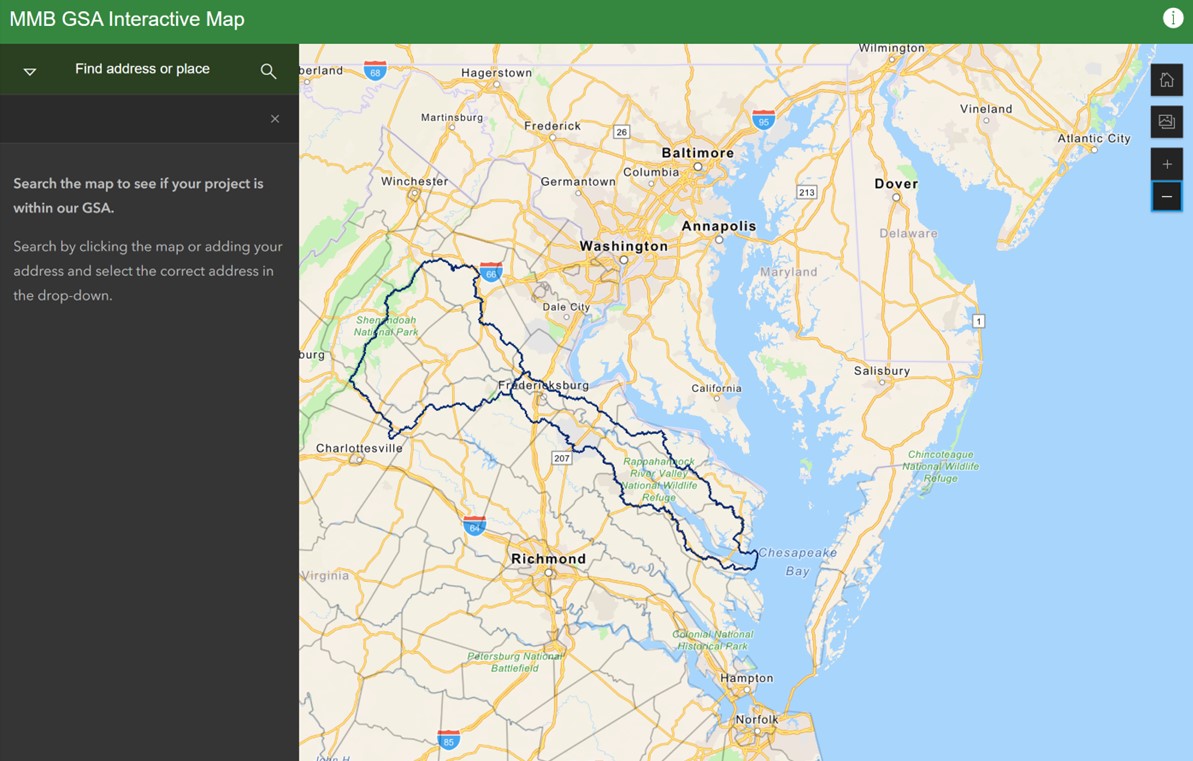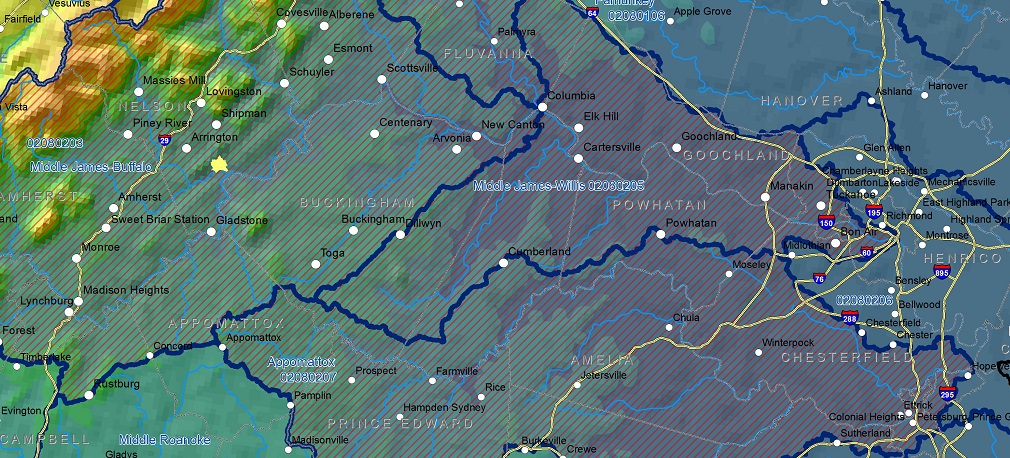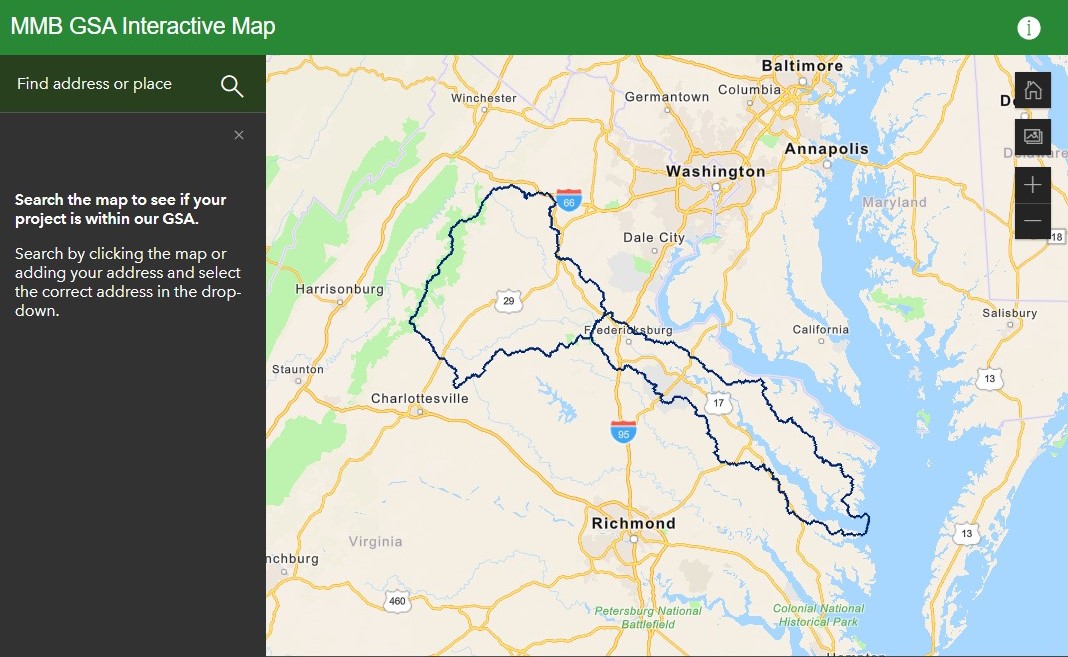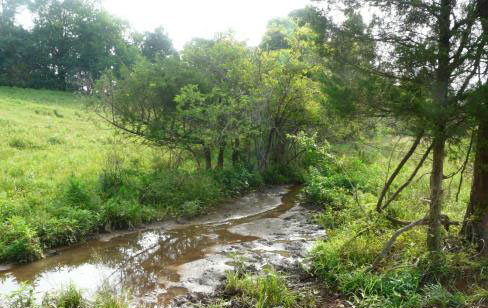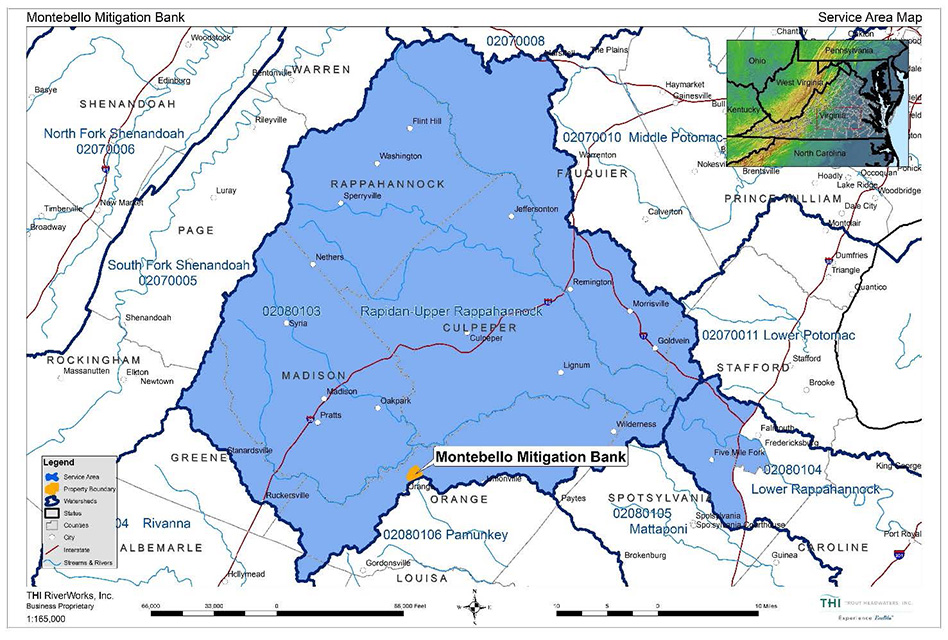As our world struggles to balance the push of continued development with the realities of accelerated impacts on natural resources, solutions are emerging that skillfully blend conservation with the needs of human expansion.
Mitigation banking is one of these inventive solutions. As the concepts of sustainability and natural resource security get factored into the bottom line, more of us are accepting that preserving the planet and growing the economy must work in tandem.
Mitigation banking is one of these inventive solutions.
Four Needs, One Solution
If all parties work together, mitigation banks can meet four related environmental needs at once. Banks can meet the needs of 1) credit suppliers (mitigation bankers), 2) permit applicants (land developers), 3) regulatory agencies (environmental mandates), and 4) ecosystem services (needed by all of us).
The purpose behind mitigation banking is to replace not only lost acreage, but also the biological, chemical, and physical functions of wetland and stream resources by quantifying the replaced acreage and function. That function, through a formula, is quantified and priced as a “credit” that can be purchased by third parties (permit applicants) to compensate for ecological losses due to development. Banks are lands that are protected by easements in perpetuity, and have a long-term steward assigned to make sure all agreements and protections are fulfilled.
Credit Supplier
If you were to look at the mitigation banking market as completely mercenary, you might think the only objective of credit suppliers, or mitigation bankers, is to minimize investment and maximize the rate of return on investments in stream and wetland restoration. This approach would inevitably lead to low quality restoration efforts. But our experience, on the whole, has been quite the opposite. Mitigation bankers must meet stringent regulatory, and financial assurances, but the driving force is often a desire to restore the natural beauty and productivity of streams, rivers and wetlands, and to leave a legacy of doing good for the planet.
Permit Applicant
Permit applicants have a need to meet regulatory requirements in a time-efficient and cost-effective way. The good news is purchasing waiting credits from a mitigation bank meets efficiency and cost goals better than other types of compensatory mitigation. Buying credits represents greater benefit to the environment because the mitigation is done ahead of impacts in a regulated, approved manner, so there is no net loss to stream or wetland resources.
Regulatory Agencies
Regulatory agencies must meet the environmental requirements of Section 4 of the Clean Water Act, Section 10 of the Section 10 of the Rivers and Harbors Act, and The Endangered Species Act, and are mandated to achieve no-net-loss of wetlands. Mitigation banks are planned, permitted, and completed ahead of disturbance, with proper oversight and monitoring by the state’s interagency review team, and credits released, thoroughly vetted, on an approved schedule. Banks meet the environmental regulatory needs of all state and federal agencies charged with protecting our water resources and ensuring “no net loss.”
Here is the real exciting win of mitigation banking for all of us.
Ecosystem Services
Here is the real exciting win of mitigation banking for all of us. Thoughtfully designed, and carefully implemented restoration, with a long-term wholistic view, is far ecologically superior to rushed permittee responsible mitigation, or in-lieu-fee programs, that come after disturbance has taken place. Mitigation banks give the proper long-term view and long-term protections of irreplaceable ecosystem services we, and countless other species, need to survive.
To Purchase Mitigation Credits or Learn More.
